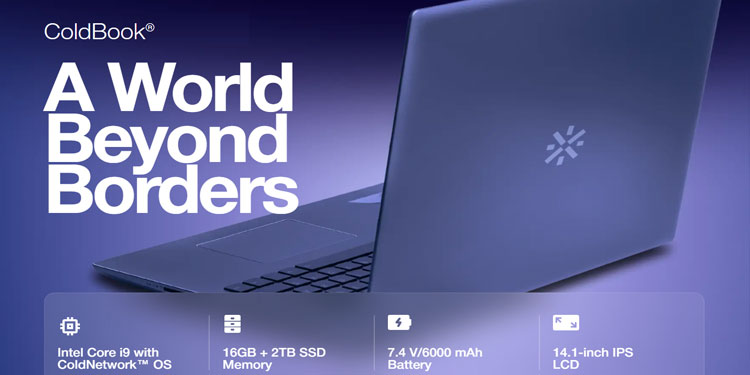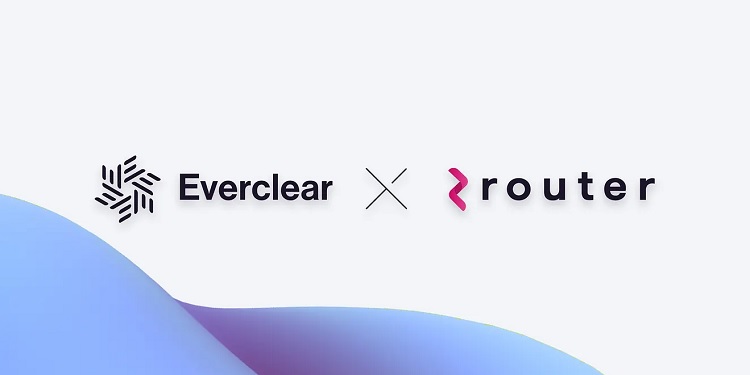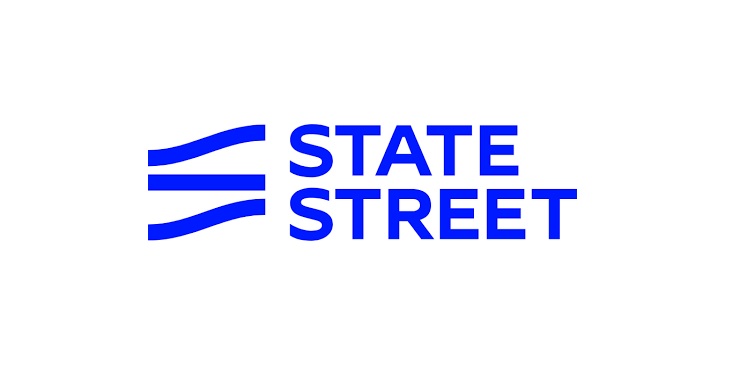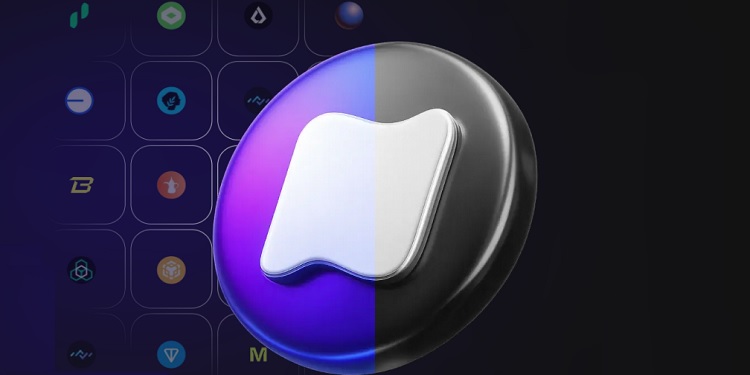Solana (SOL), once celebrated for its rapid transactions and scalability, has been a go-to platform for decentralized finance (DeFi) applications. However, as the Web3 ecosystem continues to evolve, new players are emerging with disruptive solutions. One such contender, Coldware (COLD), is making headlines with the introduction of its Coldbook laptop—an innovation aimed at transforming the hardware landscape for blockchain technology.
Solana’s Volatility Raises Concerns
Despite its earlier market success, Solana has recently seen a sharp decline in its value. From an all-time high of $295, the token’s price has plummeted to $111.20 as of mid-April 2025, marking a steep 60% drop. Analysts have pointed out that this downturn may have undermined investor confidence, especially when juxtaposed against the rise of competitors offering alternative approaches to blockchain access.
The previous surge in SOL’s valuation was largely attributed to a retail-driven memecoin frenzy. However, as that momentum wanes, Solana is now confronting the realities of market volatility. Although its blockchain is known for high-speed transaction processing and low fees—features that have historically attracted developers and users—its susceptibility to network congestion during peak periods has raised questions about its long-term reliability and scalability.
Coldware Enters with a Hardware-First Strategy
In contrast to Solana’s software-centric growth model, Coldware is entering the market with a focus on hardware innovation. The company’s Coldbook laptop is specifically designed to facilitate secure and efficient interactions with decentralized applications (dApps). This device aims to streamline Web3 access by offering a purpose-built platform that enhances user security while minimizing reliance on traditional computing environments.
Coldware’s approach appears to be gaining traction, especially among developers and crypto users who prioritize secure, hardware-based solutions. By integrating specialized functionalities tailored for blockchain interactions, the Coldbook laptop could provide an edge in user experience and operational security, setting it apart from existing solutions that depend largely on browser extensions or third-party wallets.
Hardware Versus Software: A Shift in Blockchain Utility
Solana’s strength has long been rooted in its high-performance blockchain architecture, but it has remained primarily a software platform. Meanwhile, Coldware’s introduction of a dedicated Web3 device suggests a strategic pivot in the blockchain industry—toward tangible, hardware-backed solutions that deepen engagement with decentralized ecosystems.
Coldware’s Coldbook not only caters to general crypto users but also enables closer collaboration between developers and end-users. By offering an integrated environment that enhances the ease and security of blockchain interactions, Coldware may attract a broader user base, potentially reshaping the competitive dynamics in the blockchain space.
A Future of Adaptation and Innovation
Although Solana remains a significant player in the Layer 1 blockchain segment, the emergence of Coldware’s hardware-centric model poses a new kind of challenge. Solana may need to respond by refining its infrastructure and addressing long-standing issues like scalability and network stability if it hopes to retain its leadership position.
The evolving competition between Coldware and Solana signals a larger transformation in how blockchain services are accessed and utilized. As decentralized technologies become more integrated into everyday life, the convergence of hardware and software will likely play a crucial role in shaping user adoption and platform sustainability. The ability of both projects to adapt to these shifts will ultimately determine their relevance in the fast-changing Web3 landscape.









